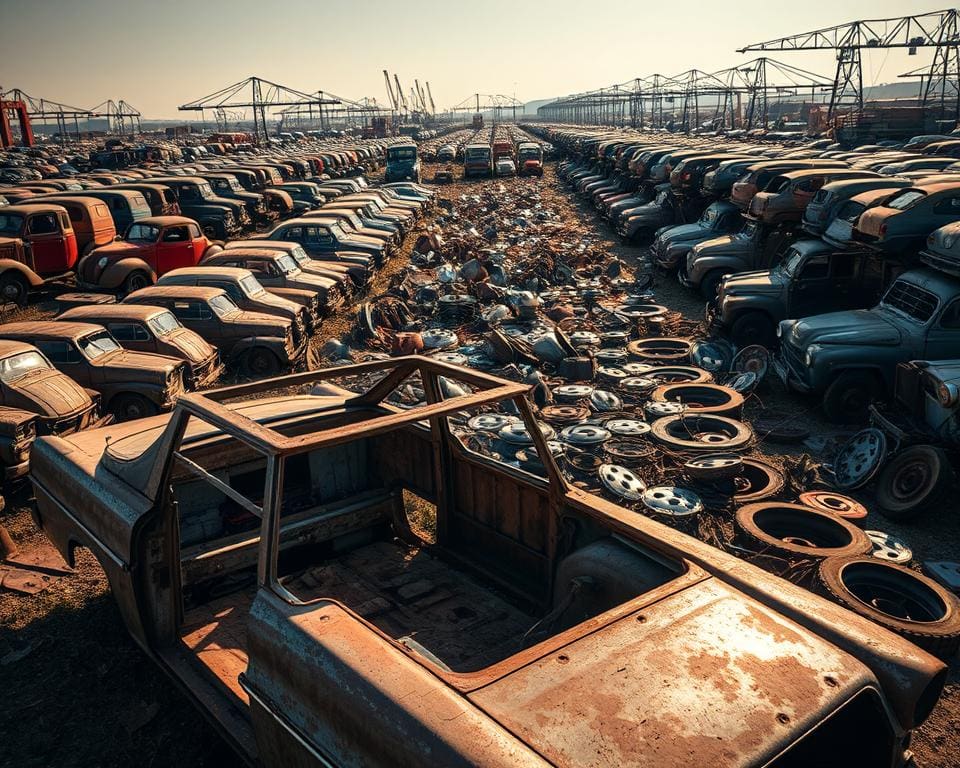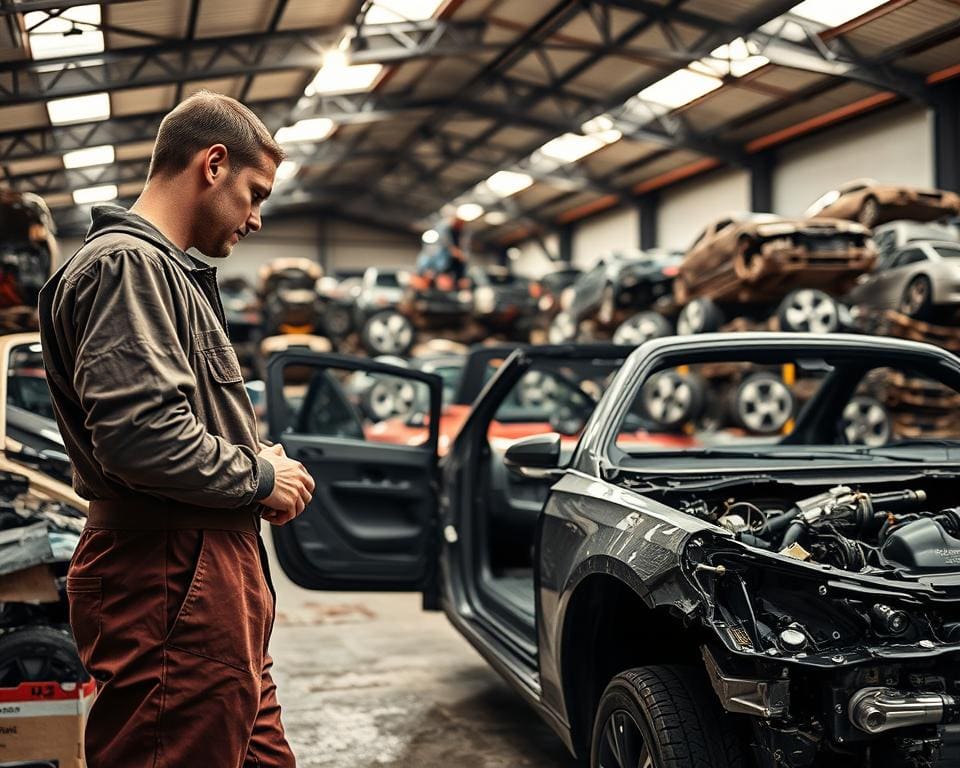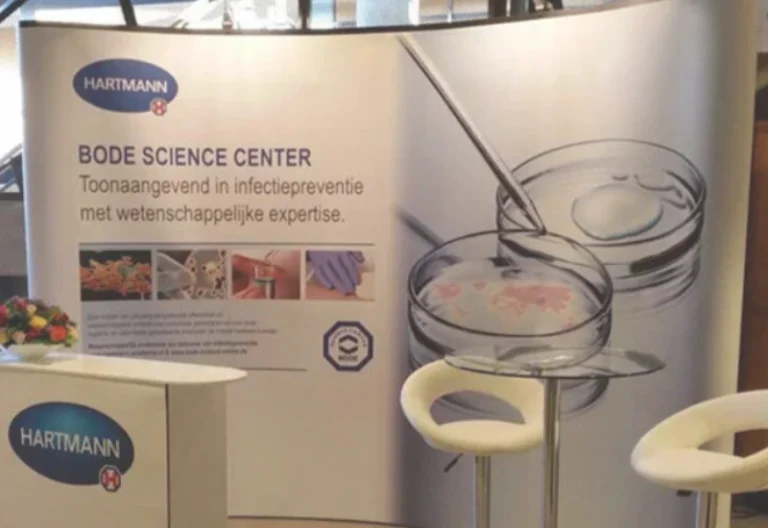Een auto sloperij speelt een belangrijke rol in het leven van autobezitters met een oude of schade auto. Het is de plek waar sloopauto’s een tweede kans krijgen, niet alleen door ze te recyclen, maar ook door bruikbare onderdelen een nieuw leven te geven. Wanneer men besluit om zijn of haar auto te laten slopen, komt men vaak uit bij autosloopexpert.nl, waar deskundigheid en milieuvriendelijkheid samenkomen. In deze sectie onderzoeken we de cruciale rol van een auto sloperij en de vele voordelen die deze biedt voor zowel eigenaren als het milieu.
De rol van een auto sloperij
Een auto sloperij speelt een cruciale rol in het proces van het recyclen van oude voertuigen. Het biedt verschillende diensten aan voor autobezitters die met een niet-functionele auto zitten. Naast het ophalen van voertuigen, zorgt de sloperij voor het milieuvriendelijk ontmantelen en verwerken van auto’s.
Wat is een auto sloperij?
Een autosloperij is een bedrijf dat gespecialiseerd is in het ontmantelen van oude en beschadigde voertuigen. De meeste sloperijen beschikken over een vergunning, wat aangeeft dat ze voldoen aan de strikte milieu- en veiligheidsnormen. Ze zijn uitgerust om alle onderdelen van een auto te demonteren, van de motor tot de carrosserie, en deze vervolgens op een verantwoorde manier te recyclen.
Wanneer moet je naar een auto sloperij?
Eigenaren van voertuigen dienen naar een auto sloperij te gaan als hun auto ernstige schade heeft of niet meer functioneert. Het kan ook nodig zijn als het voertuig zijn levensduur heeft bereikt. In zulke gevallen kan een auto ophalen sloperij een praktische oplossing bieden. Autobezitters kunnen dan niet alleen hun voertuig veilig laten ophalen, maar ook zorgen voor een milieuvriendelijke verwerking.
Wat doet een auto sloperij met jouw oude auto?
Wanneer iemand besluit om een auto naar sloop te brengen, start een zorgvuldig proces dat veel meer inhoudt dan alleen het verwijderen van het voertuig. Het doel van een auto sloperij is om elk aspect van de oude auto te verwerken, waarbij bruikbare onderdelen worden geïdentificeerd en gescheiden van de rest. Dit niet alleen ten gunste van de eigenaar, maar ook voor het milieu.
Het proces van autosloop
Het proces van autosloop begint zodra de auto op het terrein van de sloperij arriveert. De stappen zijn als volgt:
- Ontvangst en inspectie van de auto.
- Verwijdering van vloeistoffen zoals olie en brandstof.
- Demontage van de auto waarbij verschillende componenten worden gescheiden.
- Verwerking van de niet-recycleerbare onderdelen.
Elke stap speelt een cruciale rol in het waarborgen van een verantwoorde en efficiënte autosloop.
Wat gebeurt er met bruikbare onderdelen?
Bruikbare onderdelen uit de gesloopte auto worden vaak verkocht of hergebruikt. Dit kan de volgende onderdelen omvatten:
- Motoren en transmissies
- Ruiten en lampen
- Accessoires zoals stereo-installaties
Door bruikbare onderdelen te verkopen, krijgen eigenaren vaak een deel van de kosten terug, waardoor auto slopen niet alleen ecologisch verantwoord is maar ook financieel voordelig kan zijn.
Milieuvriendelijke autosloop
Bij het slopen van auto’s komt het milieu in gevaar als dit niet op een verantwoorde manier gebeurt. Milieuvriendelijke autosloop speelt een cruciale rol in het behoud van onze aarde. Het voorkomt dat schadelijke stoffen, die zich in oude voertuigen bevinden, het milieu vervuilen. Door op een duurzame wijze met deze voertuigen om te gaan, worden waardevolle materialen hergebruikt en worden schadelijke emissies geminimaliseerd.
Waarom is milieuvriendelijke autosloop belangrijk?
De impact van oude voertuigen op het milieu kan aanzienlijk zijn. Schadelijke stoffen zoals olie, accu’s en chemicaliën kunnen in de bodem en waterwegen terechtkomen als ze niet correct worden verwijderd. Milieuvriendelijke autosloop is essentieel om deze risico’s te vermijden. Het zorgt ervoor dat:
- Vervuiling van bodem en waterbronnen wordt voorkomen.
- Hernieuwbare materialen worden gerecycled, wat helpt bij de vermindering van afval.
- Meer duurzame oplossingen in de autosector worden aangemoedigd.
Hoe autosloopexpert.nl bijdraagt aan duurzame recycling
Autosloopexpert.nl neemt haar verantwoordelijkheid serieus en biedt diensten die bijdragen aan duurzame recycling. Het bedrijf past innovatieve technieken toe om oude voertuigen op een milieuvriendelijke manier te slopen. Door gebruik te maken van efficiënte methoden blijft de ecologische voetafdruk minimaal. Klanten van autosloopexpert.nl kunnen erop vertrouwen dat hun oude auto correct wordt behandeld, waardoor de milieu-impact aanzienlijk vermindert.
Auto laten slopen en RDW vrijwaring
Voor mensen die hun oude auto willen laten slopen, is het belangrijk om te begrijpen wat RDW vrijwaring inhoudt. Dit is een essentieel stappen in het proces van auto inleveren bij een sloperij. RDW vrijwaring bevestigt dat het voertuig niet meer op naam van de eigenaar staat, waardoor hij niet meer verantwoordelijk is voor eventuele boetes of verplichtingen die aan het voertuig zijn verbonden.
Wat is RDW vrijwaring?
RDW vrijwaring is een document dat voorkomt dat de vroegere eigenaar aansprakelijk is voor het voertuig nadat het is aangeboden voor sloop. Dit zorgt ervoor dat de autobezitter zich kan ontdoen van de auto zonder zich zorgen te maken over juridische kwesties. De vrijwaring wordt afgegeven door de RDW wanneer de auto op de juiste manier is ingeleverd bij een erkende sloperij, wat de situatie voor iedereen eenvoudiger maakt.
Hoe je je auto kunt inleveren bij de sloperij
De procedure om je auto in te leveren bij een sloperij is eenvoudig. Volg deze stappen voor een vlotte afhandeling:
- Zorg voor het verzamelen van de benodigde documentatie, zoals het kentekenbewijs en een geldig identiteitsbewijs.
- Neem contact op met de sloperij om een afspraak te maken voor het inleveren van de auto.
- Op de afgesproken dag lever je de auto in en vul je de vereiste formulieren in.
- Na de inlevering ontvangt je de RDW vrijwaring, waardoor je aan alle verplichtingen hebt voldaan.
Voordelen van een erkende autosloperij
Het kiezen voor een erkende autosloperij biedt verschillende voordelen die een belangrijke rol spelen in de ervaring van autowners. Klanten kunnen rekenen op een hoge standaard van dienstverlening, waar kwaliteit en betrouwbaarheid voorop staan. Dit zorgt ervoor dat het proces van het slopen van een auto soepel en zonder zorgen verloopt.
Waarom kiezen voor een erkende sloperij?
Een erkende autosloperij voldoet aan strenge eisen en normen, wat betekend dat klanten verzekerd zijn van een professioneel en efficiënt proces. Deze sloperijen beschikken over de juiste certificaten en vergunningen. Dit garandeert niet alleen de veiligheid van het slopen, maar ook de milieuvriendelijkheid van hun methoden. Lokale autobezitters weten dat ze met een erkende sloperij in de buurt werken, wat ook bijdraagt aan een positieve ervaring.
Wat kun je verwachten van een erkende autosloperij?
Bij een erkende autosloperij mag men verwachten dat de processen transparant zijn. Klanten ontvangen duidelijke informatie over hoe hun sloopauto wordt behandeld en welke stappen er worden genomen. Eerlijke vergoedingen voor de sloopauto vormen een essentieel onderdeel van de service. Hierdoor voelen huiseigenaren zich gerustgesteld dat ze een eerlijke deal krijgen.
De kosten en winst van het auto slopen
De financiële aspecten van het slopen van een auto zijn belangrijk voor elke autobezitter. Verschillende factoren beïnvloeden de kosten auto slopen en wat men kan verwachten te terugkrijgen sloopauto. Van de staat van de auto tot de waarde van de bruikbare onderdelen, deze elementen bepalen uiteindelijk de uitkomst van het sloopproces.
Wat kost het om een auto te laten slopen?
De kosten voor het laten slopen van een auto kunnen variëren, afhankelijk van de gekozen sloperij en de specifieke omstandigheden. Veel sloperijen bieden hun diensten gratis aan, terwijl anderen mogelijk vracht- of verwerkingskosten in rekening brengen. Het is raadzaam om vooraf informatie te verzamelen over de tarieven en voorwaarden van verschillende bedrijven. Op deze manier kan men een weloverwogen keuze maken.
Kun je iets terugkrijgen voor je sloopauto?
Het is mogelijk om iets terug te krijgen voor een sloopauto, afhankelijk van de componenten en materialen die nog bruikbaar zijn. Sloperijen hebben vaak een systeem om de waarde van auto-onderdelen te beoordelen. Deze waardebepaling kan leiden tot een terugbetaling, wat voor veel autobezitters een financieel voordeel kan zijn. Het is daarom een goed idee om offertes op te vragen en de mogelijkheden voor terugkrijgen sloopauto te verkennen voordat men besluit om de auto te laten slopen.
Autosloopexpert.nl: jouw partner in auto recycling
Als het gaat om auto recycling, is autosloopexpert.nl de ideale keuze voor iedereen die op zoek is naar een betrouwbare en professionele autosloperij. Dit platform biedt een scala aan diensten, waaronder het ophalen van oude voertuigen, en is toegewijd aan milieuvriendelijke praktijken. Klanten kunnen erop vertrouwen dat hun auto op een verantwoordelijke manier wordt gerecycled, met respect voor het milieu.
Bij autosloopexpert.nl staat de klant centraal. Ze begrijpen dat elk voertuig uniek is en dat een persoonlijke benadering essentieel is. Of het nu gaat om het direct ophalen van een sloopauto of om advies over het recyclingproces, het team is altijd bereid om te helpen. Deze klantgerichtheid, gecombineerd met hun expertise in auto recycling, maakt ze tot een waardevolle partner.
Door te kiezen voor autosloopexpert.nl, draagt men niet alleen bij aan een duurzamere wereld, maar ook aan een efficiënte en zorgeloze autosloopervaring. Klanten worden aangemoedigd om contact op te nemen voor hun autosloopbehoeften, zodat ook zij kunnen profiteren van de voordelen van een erkende sloperij die zich inzet voor verantwoordelijk auto ophalen sloperij.











